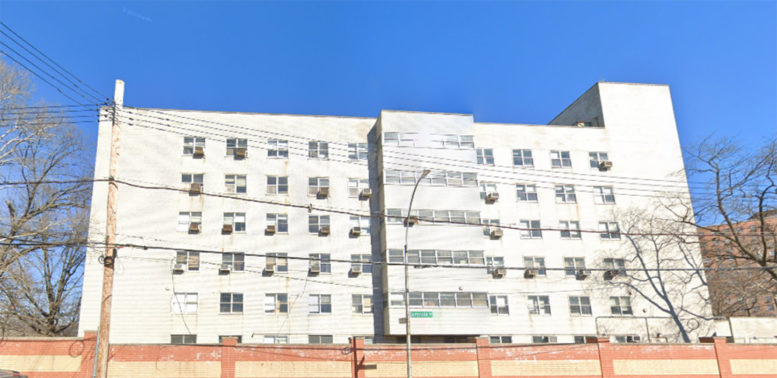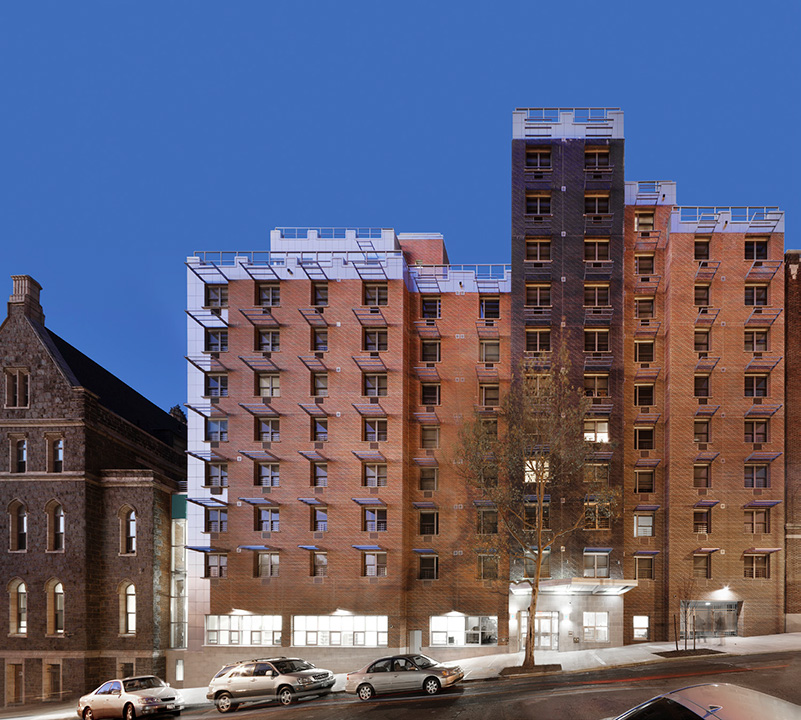Council’s 2022 Pay Equity Report finds pay inequities remain, particularly among women, Black and Latino municipal workers
Speaker Adrienne Adams and the New York City Council today released its annual report on pay inequities within New York City’s municipal workforce, showing continued inequities. In conjunction with the release of the 2022 Pay Equity report, the Council also is holding a hearing on pay inequities in the City’s workforce and legislation to address them.
The 2022 report reveals two persistent, large pay gaps in the City’s municipal workforce – one between Black, Latino, and white employees, and another between male and female employees. The data confirms non-white employees and female employees predominantly occupy civil service titles with the lowest median salaries, and the same groups represent a much smaller proportion of employees who occupy civil service titles with the highest median salaries. This produces an ‘occupational segregation’ that results in pay disparities.
- Female municipal employees on average make 73 cents for every dollar made by male employees;
- Black city workers on average make 71 cents to every dollar for white employees;
- Latino workers on average make 75 cents to every dollar for white employees; and
- Asian employees on average make 85 cents to every dollar for white employees.
Furthermore, pay inequity is particularly higher among non-white female employees. Black and Latino women municipal employees make 69 cents to every dollar made by white male employees, and Asian women city workers make 82 cents for every dollar made by white male city workers.
While a small but significant pay inequity can be observed within the same civil service titles (Black, Latino and Asian city workers earn about 99 cents on every dollar for white workers of the same civil service title), the pay inequity is most pronounced for non-white female employees. for non-white female employees. While Black or African American male employees make 0.9% less than white male employees with the same title, Black or African American female employees and Hispanic or Latina female employees make even less—1.4 percent and 1.3 percent less, respectively.
The full report is available here.
“We have long been aware that, even within our municipal workforce, pay disparity exists along racial and gender lines,” said Speaker Adrienne Adams. “These pay inequities especially affect Black, Latina, and Asian women. As the most diverse and first women-majority Council, we will not rest until all New York City workers are valued equally with job salaries and opportunities for their contributions to our City regardless of gender or race.”
The pay equity report is the product of the Council’s innovative Pay Equity Law (Local Law 18 of 2019), which requires the Mayor’s Office of Data Analytics (MODA) to publicly report New York City municipal employee pay data publicly and provide the Council with direct access to the data to facilitate its own annual statistical analysis. It is the only such law of its kind in the City. The 2022 report builds on the analysis of the Council’s 2021 Pay Equity report.
The new legislation being heard at today’s hearing would require city agencies to include an analysis of compensation data and measures to address pay disparity and occupational segregation, as well as report on recruitment and retention efforts to expand diversity across city government. It would also amend the existing Pay Equity Law 18 of 2019 to require that agencies provide new categories of information to the Council for each City employee, expand the definition of ‘agency’ to capture more of the City workforce, and provide the Council with the pay and employment data year-round to provide more robust oversight over public municipal employee data. The three proposed bills will be heard at a Thursday oversight hearing of the Council’s Committees on Civil Service and Labor & Civil and Human Rights. Earlier this week, the Council announced legislation to improve the diversity, equity and inclusion practices at the Fire Department of the City of New York (FDNY).
The proposed legislation is as follows:
Introduction 515, sponsored by Speaker Adams, would require that the agencies include an analysis of compensation data and measures to address pay disparity and occupational segregation. The head of each agency would also be required to submit an annual report on the number of new full-time and part-time employees retained, promoted, terminated, or that resigned and their compensation. Finally, the bill would require the Equal Employment Practices Commission to conduct a comparable worth analysis annually and submit its findings to the Mayor and the Speaker of the Council.
Introduction 527, sponsored by Council Member De La Rosa, would require each city agency that requires applicants to take a civil service exam to report annually in order to evaluate and expand diverse recruitment and retention within City government. The bill would also require reporting on agency training programs to again evaluate recruitment efforts across City government. Finally, the bill streamlines existing requirements on the Department of Education’s responsibility as it pertains to the dissemination of information on civil service examinations to high school juniors and seniors.
Introduction 541, sponsored by Council Member Louis, would amend the existing Pay Equity Law by requiring the Department of Citywide Administrative Services to provide new categories of information to the Council for each City employee with respect to the reporting of employment data. This bill also expands the definition of agency to capture more of the City workforce. Finally, this bill will also provide the Council the pay and employment data year-round so the Council can provide more robust oversight over the Administration.



